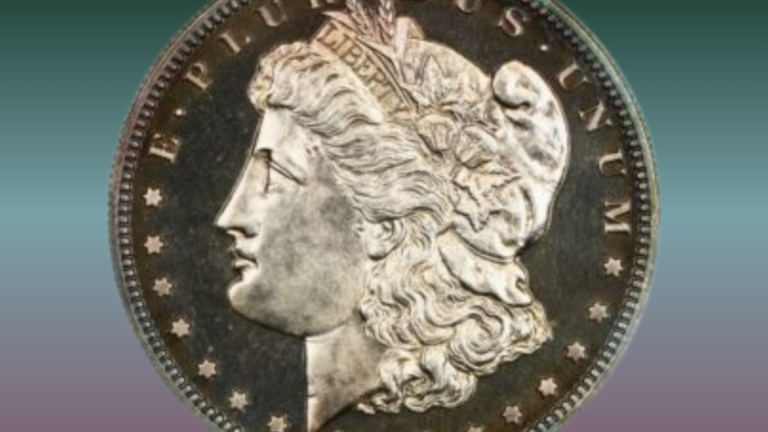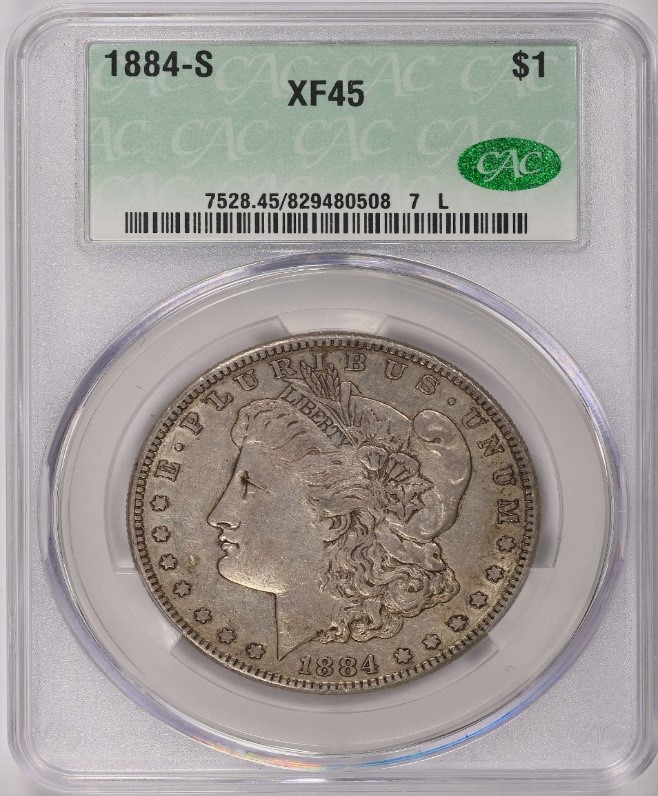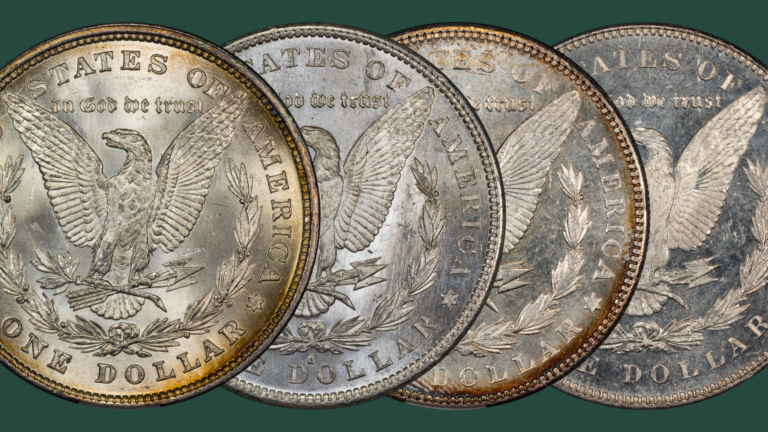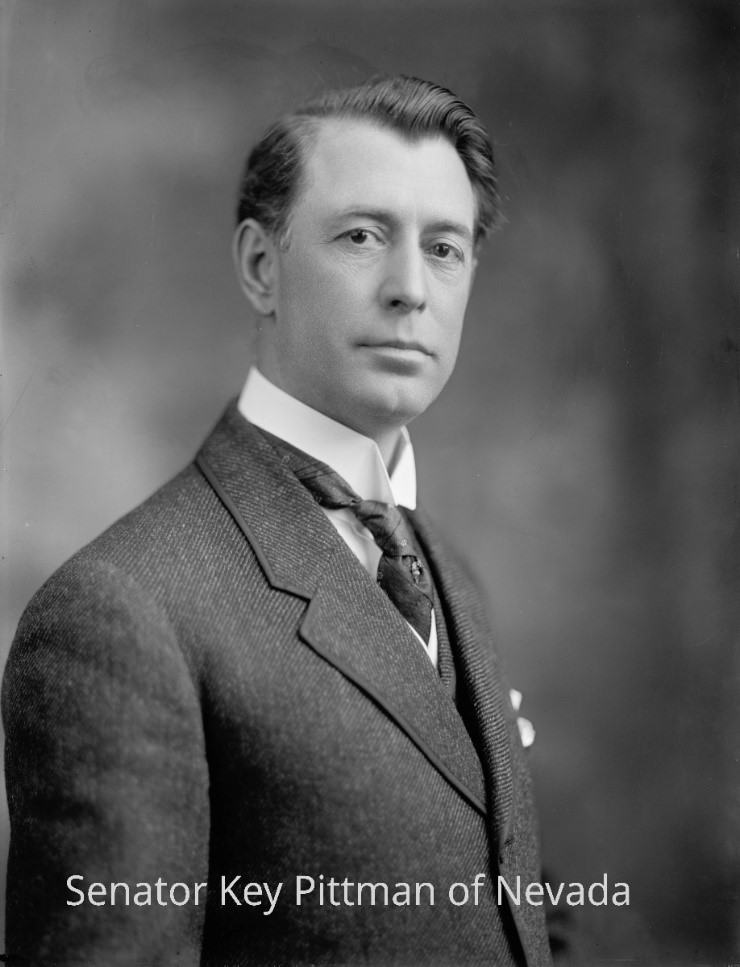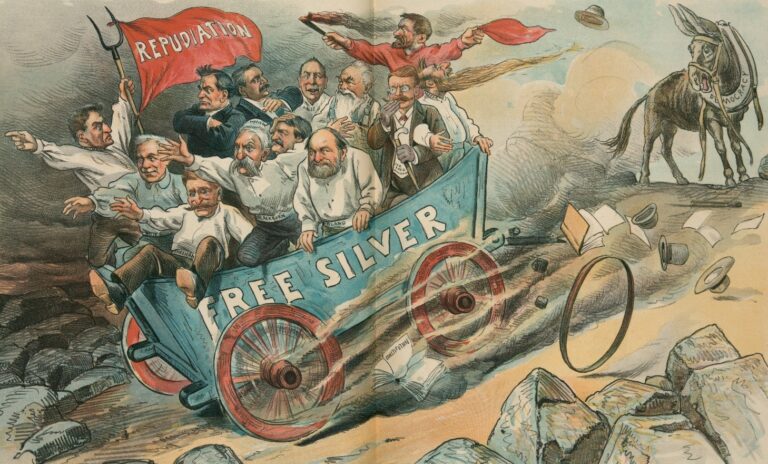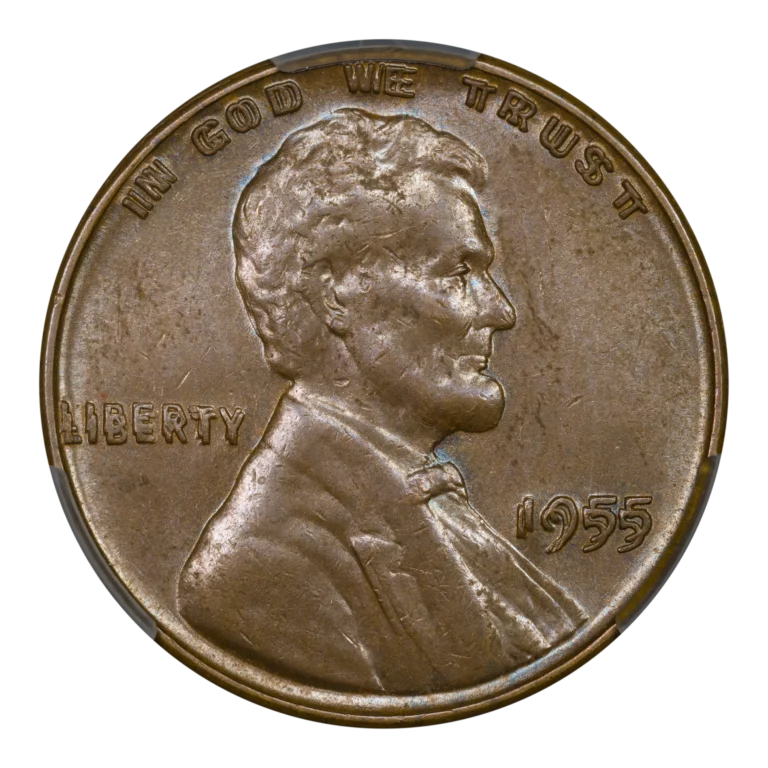by Greg Reynolds
For background information about the Standing Liberty design of U.S. quarters (1916-30) and some discussion of the topic of a ‘Full Head,’ please see my article on the CAC Grading website about building a set of Choice (MS-63) to Gem (65 and higher) grade Standing Liberty Quarters (SLQs). The theme here is building a set of SLQs that grade below MS-60, especially SLQs that grade in the VF-30 to AU-53 range.
In some cases, the costs of certifying a coin, including shipping, are not worthwhile for dealers, especially if such costs amount to a substantial percentage of the retail value of the respective coin. Moreover, from 2007 to 2022, CAC did not accept raw (unencapsulated) coins. Only coins that had already received numerical grades from NGC or PCGS were then eligible to be considered by CAC.
An immediate point is that SLQs valued at less than $150 each were rarely submitted to CAC before 2023. This is why CAC approved sub-60 grade SLQs of many dates have not been widely available in 2024. It is likely that many more will be available in the future, as the CACG center in Virginia Beach began accepting raw (unencapsulated) coins in 2023. The expansion of CAC will attract more collectors of circulated coins to CAC certification. The collectors who seek MS-65 grade SLQs are usually different in personality and approach from the collectors who seek circulated SLQs.
Some people prefer the aesthetics or historical meaning of circulated coins; they were used in commerce and are part of economic history. Others collect circulated coins because they are much less expensive than coins of the same types and dates in Choice (MS-63) to Gem Uncirculated (MS-65 and higher) grades. Very Fine-20 to Extremely Fine (XF-45) grade SLQs tend to exhibit a considerable amount of design detail, and are sometimes more appealing than higher grade coins. MS-60 to MS-62 grade coins often have many contact marks and/or hairlines.
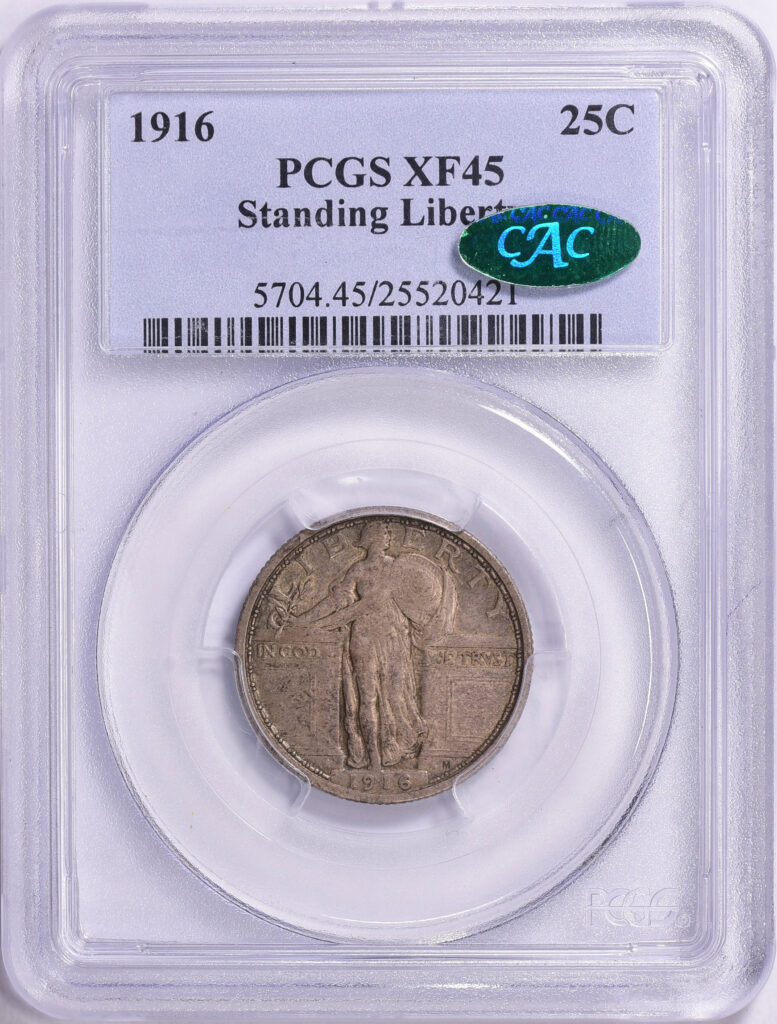
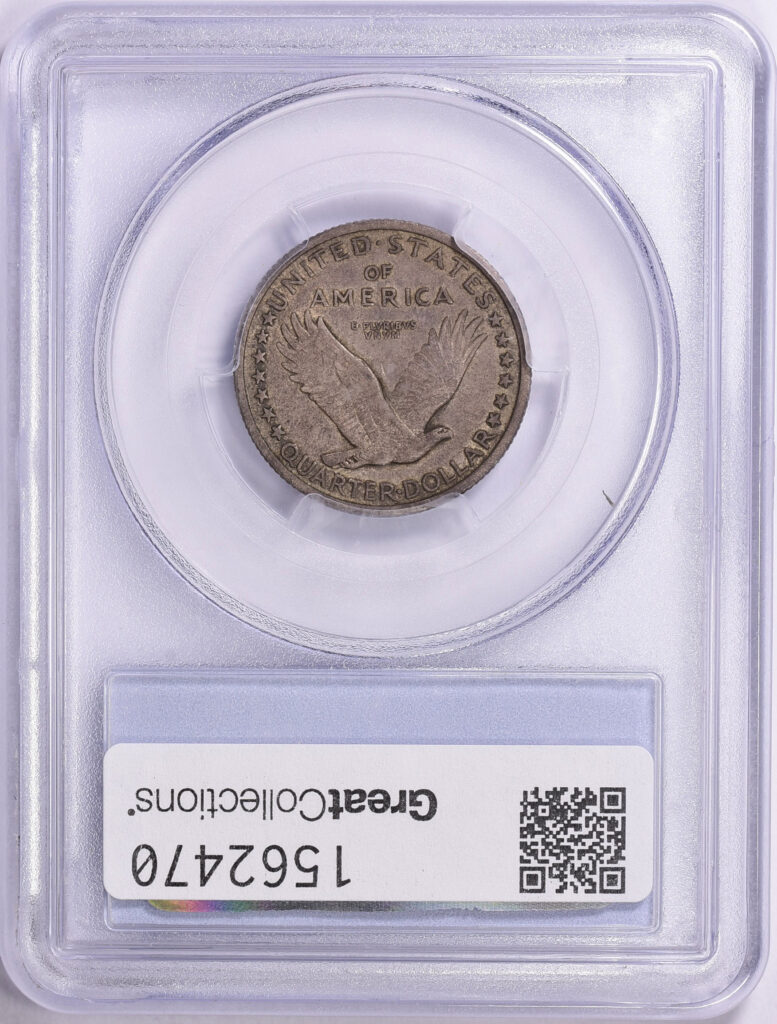
As before, I refer to each Standing Liberty Quarter as an SLQ and all Standing Liberty quarters as SLQs. It would be awkward to say or write the same name, ‘Standing Liberty quarter,’ over and over again. SLQs were produced from 1916 to 1930. No U.S. quarter dollars were minted in 1931. Washington quarters were first struck in 1932.
Types and Mints
SLQs were struck at mints in Philadelphia, Denver and San Francisco. Philadelphia Mint SLQs do not have mintmarks. On Denver Mint SLQs, a ‘D’ mintmark is on the obverse (front of the coin) just above and to the left of the numerals of the year, which is often called ‘the date.’ On San Francisco Mint SLQs, there is an ‘S’ mintmark.
As was noted in my discussion of Choice to Gem (MS-65 and higher) grade coins, SLQs were not minted until December 1916 and then were struck only in Philadelphia. Two design types or variations of SLQs were minted in 1917. On 1916-17 (Type One) SLQs, one of Miss Liberty’s breasts is exposed and the flying eagle is low on the reverse (back of the coin).
On 1917-30 (Type Two) SLQs, armor covers her breasts and much of her upper body. The eagle is higher on the reverse, closer to the center. The armor relates to a path breaking and militarily robust foreign policy implemented by the United States government during the late 1890s and further developed afterward.
This path breaking foreign policy was embodied by the Spanish-American War of 1898, President Theodore Roosevelt’s approach to Latin America (1901-09), and the decision by President Woodrow Wilson, along with Congress, in April 1917 to enter the first World War. Although some people may have been upset by Miss Liberty’s exposed breast on Type One SLQs, the decision to cover her chest in the design with armor primarily relates to foreign and military policy.
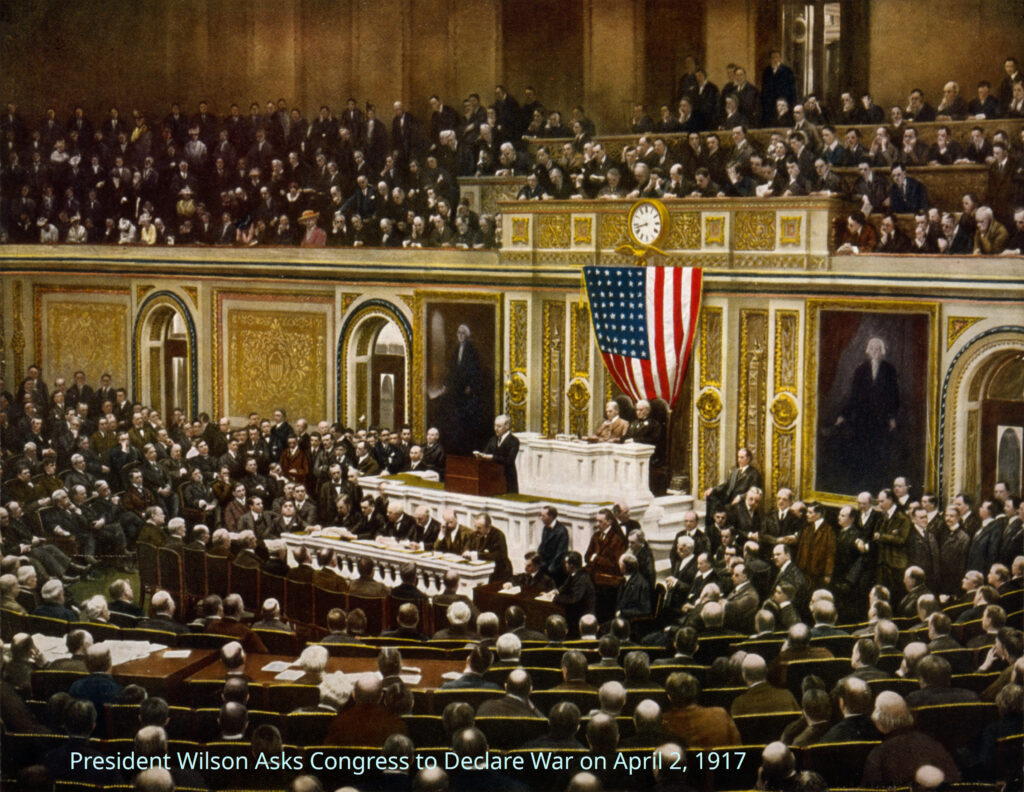
There were other ways of covering her chest in the design, perhaps with an artistic robe or a then currently fashionable garment. Armor has a military significance. The law authorizing the change in the design of SLQs was not passed until July 1917, just around three months after the U.S. Congress declared war on the Imperial German regime of Kaiser Wilhelm II. More so than on any other classic U.S. coin issue, the numerals of the year (‘the date’) tended to wear down not long after SLQs entered circulation. In 1925, the obverse design was slightly modified such that these numerals were better protected and wore down less rapidly, though more rapidly than the numerals on other U.S. coins. The numerals of the dates on Buffalo nickels (1913-38) also tended to wear down rapidly.

Show off Your Collection in the CAC Registry!
Have CAC coins of your own? If so, check out the CAC Registry–the free online platform to track your coin inventory, showcase your coins by building public sets, and compete with like-minded collectors!
Are Full Heads Worth Large Premiums?
The issue of a ‘Full Head’ (FH) is covered at length in my article on Choice (MS-63) to Gem (65 and higher) SLQs. For coins that grade below 60, especially those that grade below AU-55, the ‘Full Head’ issue is of minimal importance. Yes, major grading services designate a ‘Full Head’ (FH) on some AU grade coins. In most cases, I advise against paying a premium for a circulated SLQ with a FH designation, yet sometimes it makes sense to buy them. Luster, color, technical characteristics and the fullness of the shield are important factors to take into consideration while considering a specific SLQ.
Certified VF-30 to AU-55 grade coins with considerable head detail, and no FH designation, exist for all dates in the series. The strange and endless references to FH designations deflect attention from the reality that SLQs are not the best detailed of all classic U.S. coins anyway. On circulated SLQs, there usually is very noticeable wear and some blurry areas. Nevertheless, the attractive artistry of the design is very much discernible on Very Fine grade SLQs. Besides, SLQs tend to wear gracefully.
Circulated SLQs often naturally toned in a pleasant way. Those that were stored in Wayte Raymond ‘National’ coin boards or albums, which were very popular with collectors during the middle of the twentieth century, frequently toned in a very colorful manner. SLQs stored in small paper envelopes, of kinds that collectors often used, tended to tone with neat shades of gray and russet. On SLQs in rolls or bank vaults, soothing pearl or battleship gray colors sometimes developed.
In sum, naturally toned SLQs, even heavily worn coins, are often very appealing. Collectors are advised to inspect a substantial number of SLQs.

The First Type
Type One SLQs were minted in 1916 and 1917. Although circulated 1916 SLQs are available, they are costly. Some collectors may wish to complete the rest of the set before deciding whether to acquire a 1916 and a 1918/7-S overdate, as these are much more expensive than the other dates in the set in Very Fine to Extremely Fine (XF) grades. A collector, though, could save money by seeking representatives of key dates in grades below VF-20.
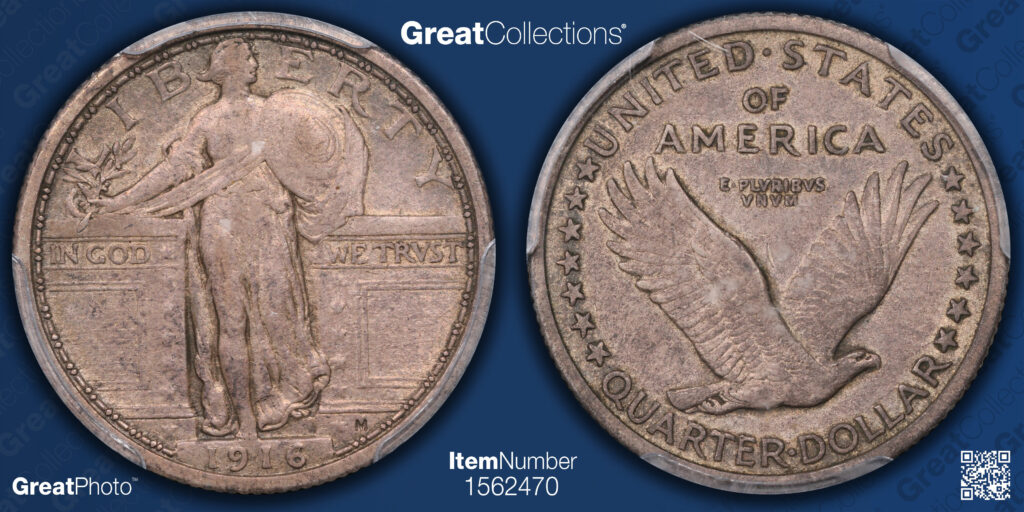
When I was a kid, my friends and I found an SLQ underneath a stone wall on the property surrounding my family’s house. Like on many, heavily worn pre-1925 SLQs, the date was unreadable. It was clearly a Type One SLQ. I spent a great deal of time attempting to determine if it was a 1916 SLQ. I was disappointed as I concluded that it was a 1917. It lacked distinguishing die diagnostics of a 1916 SLQ. Even so, the find and the analysis were exciting. I was around nine years old and already attending many coin shows.
A Type One 1917 SLQ is easy to find, though few circulated examples have been approved by CAC. Since the founding of CAC in 2007, not many quarters valued under $75 have been submitted. In theory, a CAC approved Good-04 or -06 grade 1917 SLQ could be purchased for around $30, though the population in that grade range is currently zero.
Back on July 18, 2021, GreatCollections sold a PCGS graded Fine-12 Type One 1917 SLQ, with a CAC sticker, for $55.69. Values for these are not much different in 2024.
On Sept. 10, 2023, GreatCollections sold a PCGS graded XF-40 Type One 1917 SLQ, with a CAC sticker, for $159.50. Although I will not express an opinion about a coin that I have never seen, there is a good chance that I would like this coin. Certainly, for a budget-minded collector, this coin might be a better value than a much higher certified Type One 1917 SLQ.
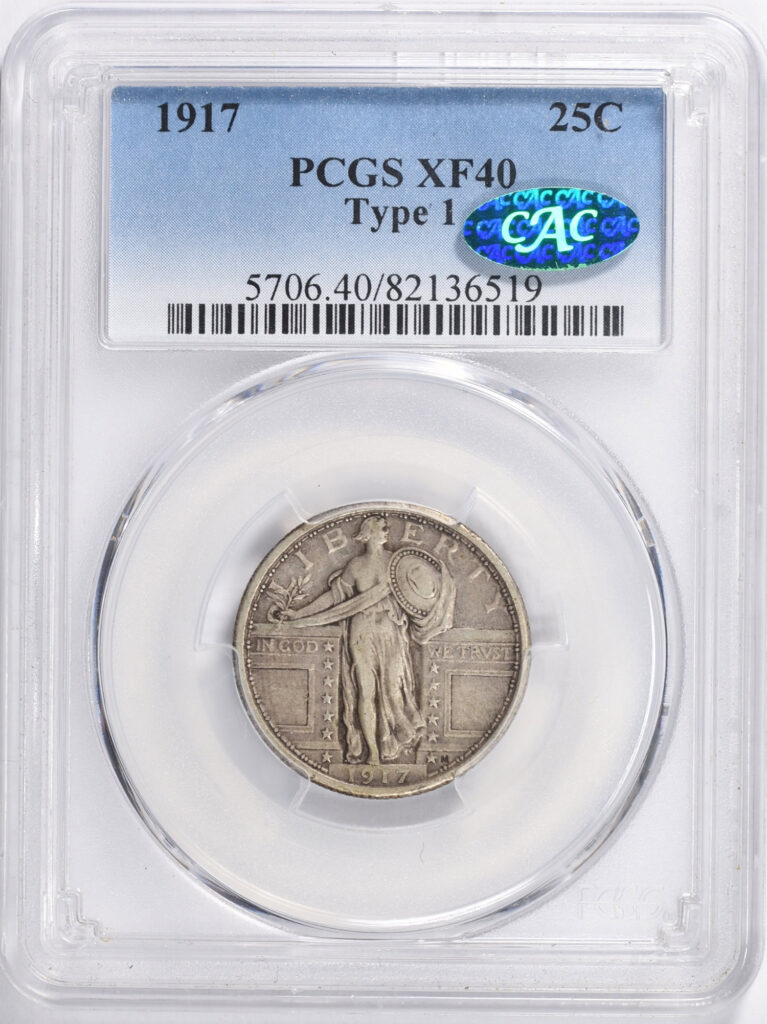
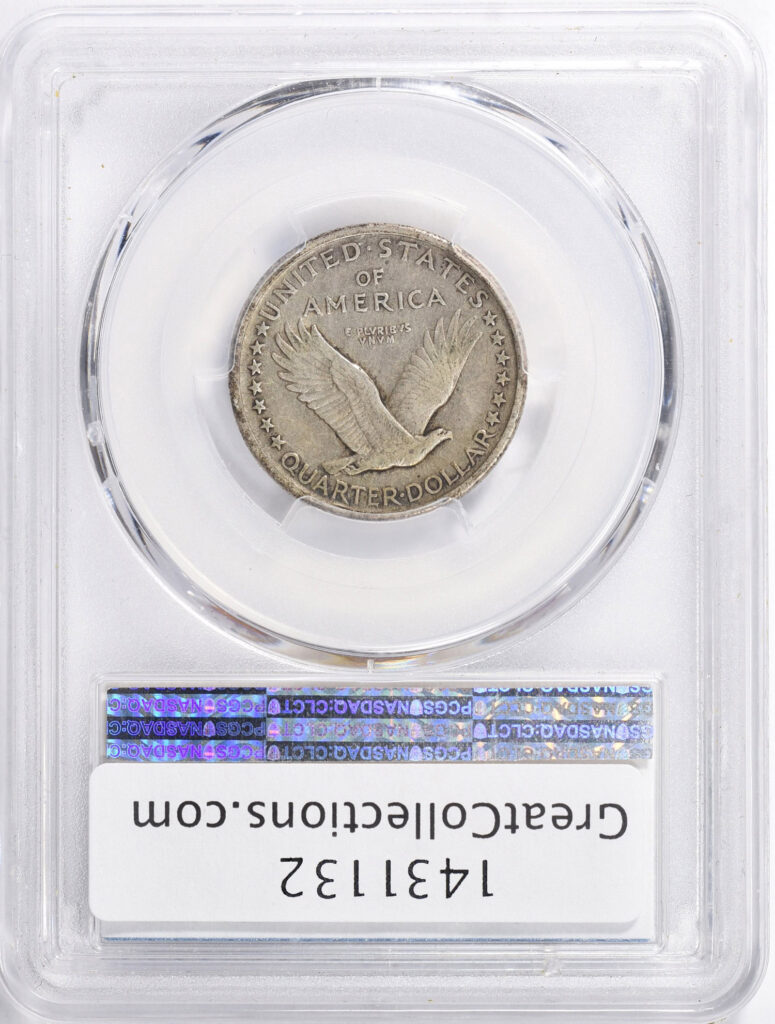
A collector on an ultra-tight budget might like to know that GreatCollections sold a PCGS graded AG-03 1917 for $14.69 on July 21, 2024. It is likely that this coin was never sent to CAC due to the fees involved, which would probably have exceeded $14.69.
In circulated grades, Type One 1917-D SLQs are somewhat more costly than their Philadelphia Mint counterparts. There is not a dramatic difference in value. It is fun to search for CAC approved circulated SLQs. These are certification rarities. They constitute only a very small percentage of surviving SLQs.
On July 18, 2021, GreatCollections sold a CAC approved VG-08 grade Type One 1917-D SLQ for $63.13. Understandably, some collectors might prefer this coin to a MS-65 grade 1917-D that costs more than $1000. In January 2023, GreatCollections sold a CAC approved VF-30 grade 1917-D for $149.60.
On July 2, 2023, GreatCollections sold a CAC approved VF-25 grade Type One 1917-S for $182.60. As of August 2, 2024, the CAC population of Type One 1917-S quarters in VF-30 grade is six, though five more were CAC approved at the VF-35 level. Estimated retail prices for these are below $225. Indeed, if a CAC approved XF-40 to -45 grade 1917-S could be found during 2024 or 2025, it would be likely to retail for less than $300. A set of all four Type One SLQs is not difficult to assemble, though patience may be required to acquire circulated, CAC approved or CACG graded coins. Many collectors of classic U.S. coins (1790s to 1930s) enjoy the process of assembling sets. Most collectors would not wish to buy a set that has already been assembled, though dealers are often eager to buy complete sets from collectors.
Images are copyrighted by the Library of Congress and Great Collections.
Copyright © 2024 Greg Reynolds
About the Author
Greg is a professional numismatist and researcher, having written more than 775 articles published in ten different publications relating to coins, patterns, and medals. He has won awards for analyses, interpretation of rarity, historical research, and critiques. In 2002 and again in 2023, Reynolds was the sole winner of the Numismatic Literary Guild (NLG) award for “Best All-Around Portfolio”.
Greg has carefully examined thousands of truly rare and conditionally rare classic U.S. coins, including a majority of the most famous rarities. He is also an expert in British coins. He is available for private consultations.
Email: Insightful10@gmail.com
